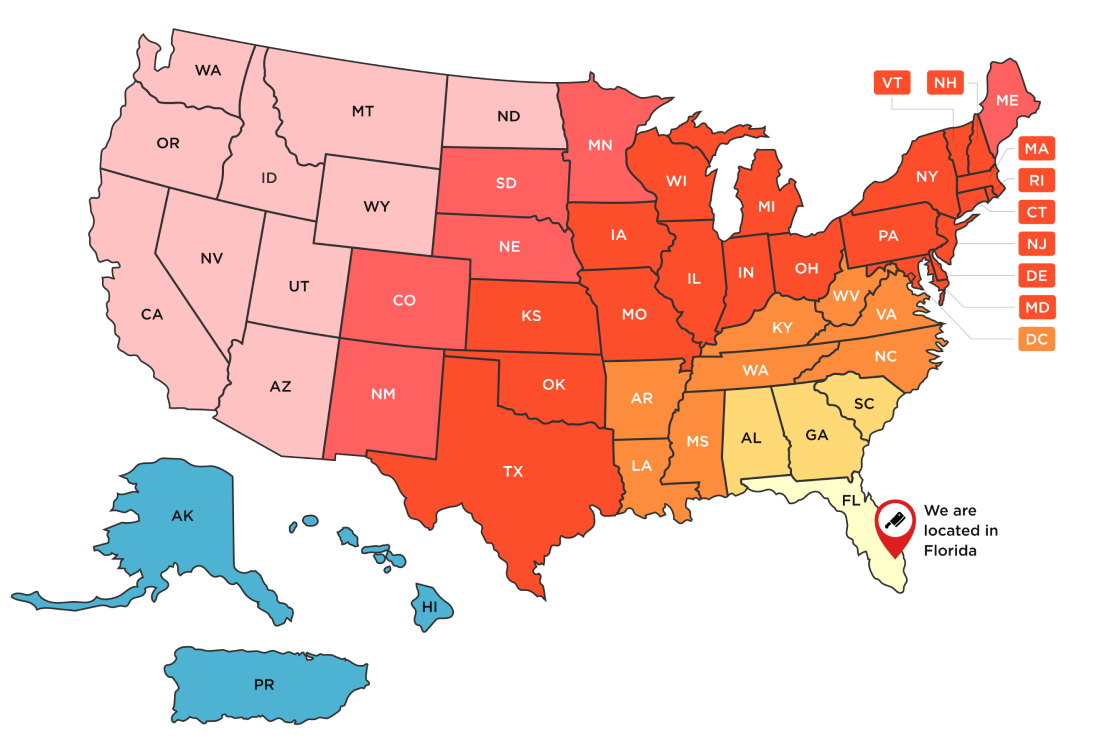
Understanding the Color Changes in Meat: A Meat N' Bone Insight
Welcome to a world where the quality and understanding of meat go beyond what meets the eye. At Meat N' Bone, we're passionate about the journey from farm to fork, and part of that passion involves educating our customers about the fascinating science behind meat. Today, let's delve into a topic that often puzzles many: the changing colors of meat.
Have you ever noticed that sometimes the meat you buy can change color, transitioning from a bright red to a more brownish hue? This change can be alarming for some, but rest assured, it's a natural process and often misunderstood. The key player in this color change is a molecule called hemoglobin, found in the blood of animals. Hemoglobin, when exposed to oxygen, turns into oxymyoglobin, which gives fresh meat its appealing red color. Over time, oxymyoglobin undergoes a transformation into metmyoglobin, which has a brownish appearance.
This color change is purely a result of chemical reactions and does not indicate spoilage or a loss in nutritional value. It's a process akin to an apple turning brown after being cut and exposed to air. In the case of meat, this transformation is a natural part of its shelf life and conservation. However, it's understandable that the appearance of meat is a significant factor for many consumers. We, at Meat N' Bone, assure you that these variations in color, which occur in about 95% of cases, usually do not affect the meat's flavor or texture.
Another aspect to consider is the impact of vacuum sealing and freezing on meat color. Vacuum sealing removes air from the packaging, reducing oxygen exposure and, consequently, the oxidation process. This method of storage preserves the meat's natural flavor and nutrients, extending its shelf life. Frozen meat, while undergoing color changes due to reduced oxygen and low temperatures, still retains its quality. Freezing inhibits bacterial growth but doesn't destroy bacteria. Thus, proper thawing methods are crucial to ensure the meat's safety and quality.

Beef color variations are often tied to the breed's genetic makeup and the specific conditions under which the cattle were raised. For example, Wagyu beef, renowned for its intense marbling, exhibits a brighter, more vibrant red color. This is largely due to the higher intramuscular fat content. Angus beef, another popular breed, may show a slightly different red hue. Angus cattle are known for their efficient muscle growth and often have a different muscle fiber type and blood supply, contributing to variations in meat color.
To fully appreciate the quality and taste of our meats (and any meat really), we recommend unpacking and thoroughly thawing them. This practice not only allows you to assess the meat more accurately but also prepares it for optimal cooking and consumption. Remember, your culinary experience begins the moment you start prepping your meat.
In any case, if you ever find yourself concerned about the color of the meat after thawing, please do not hesitate to reach out to us. Our commitment at Meat N' Bone goes beyond providing top-tier products; we're here to ensure your complete satisfaction with every purchase. Our customer service team is equipped to handle any queries and provide the necessary guidance.
In conclusion, the change in the color of meat from red to brown is a natural, harmless process. It should not deter you from enjoying the high-quality meats we offer. Trust in the science behind these changes and in our dedication to delivering excellence. After all, at Meat N' Bone, we believe that an informed customer is a happy customer.
So, the next time you notice a color change in your meat, remember it's just nature doing its work. Embrace it as part of the fascinating world of meat science and enjoy the exceptional quality and taste that Meat N' Bone promises with each product.
Happy cooking and savoring!
← Older Post Newer Post →








